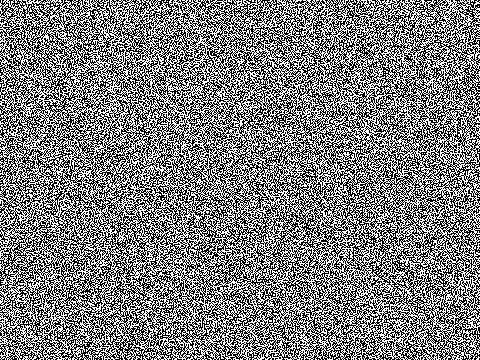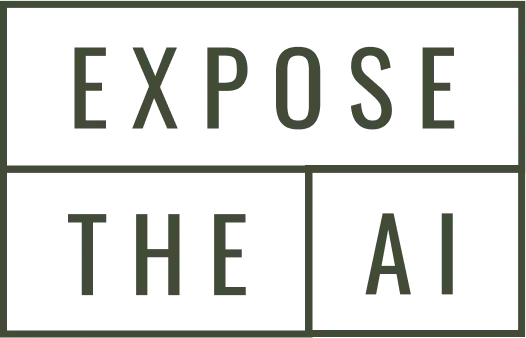Several factors can influence the ability to identify whether AI has generated an image. These factors include the complexity of poses within the image, the level of detail in the background, the presence of multiple people in the image, and the size of the faces depicted. Additionally, other aspects can significantly impact how AI-generated images can be identified. By exploring these factors, we can gain greater insight into how AI-generated images can be recognized.
Pose Complexity
Simple, standard poses, like face portraits, are harder to identify as AI-generated than more complex, candid shots of people interacting. AI models have been trained extensively on standard poses, making them more proficient at creating these types of images without noticeable errors. In contrast, candid photographs with dynamic poses and interactions often contain subtle details and natural imperfections that AI can struggle to replicate accurately.
Background Detail
Images with clear, detailed backgrounds provide more clues than those with blurred backgrounds, which can hide imperfections. When the background is sharp, it requires the AI to generate consistent and realistic details, which can be challenging. Look for unnatural patterns, mismatched lighting, or objects that don’t seem to belong in the context of the scene.
Number of People
Images with many people are more complex, increasing the chances of something looking unnatural. Faces in group shots are smaller, making AI artifacts more noticeable when zoomed in. AI can struggle with crowd scenes, often producing duplicated faces, unnatural body positions, or inconsistent lighting on different individuals. Checking the interactions and expressions of multiple people can reveal these inconsistencies.
Image Resolution
High-resolution images provide more details that can help identify AI artifacts, while low-quality, low-resolution images make it harder to spot these clues. Compression artifacts can also distort parts of the image, complicating identification. In high-resolution images, examine fine details such as hair strands, textures of clothes, and skin imperfections. AI-generated images might blur or homogenize these details.

